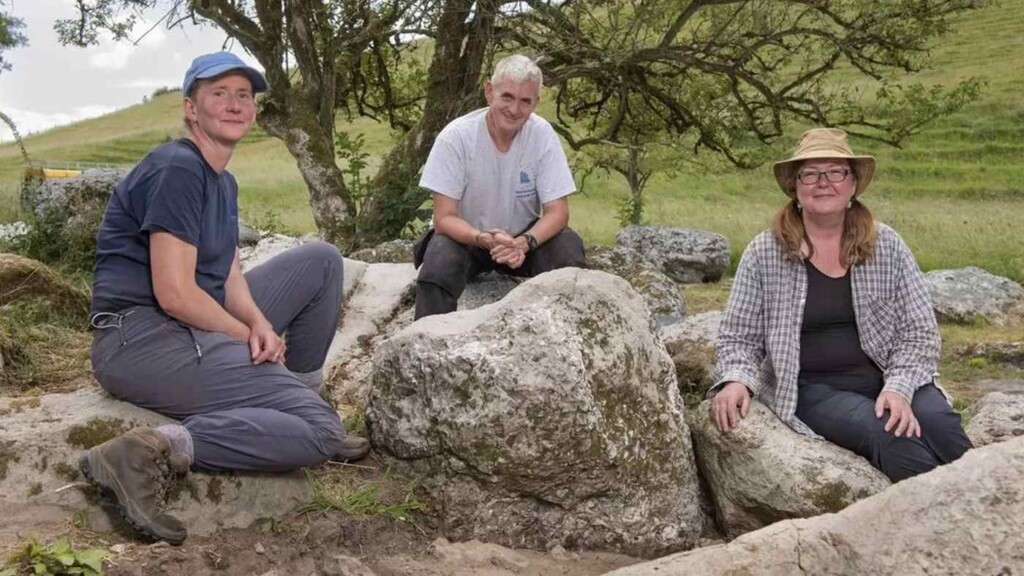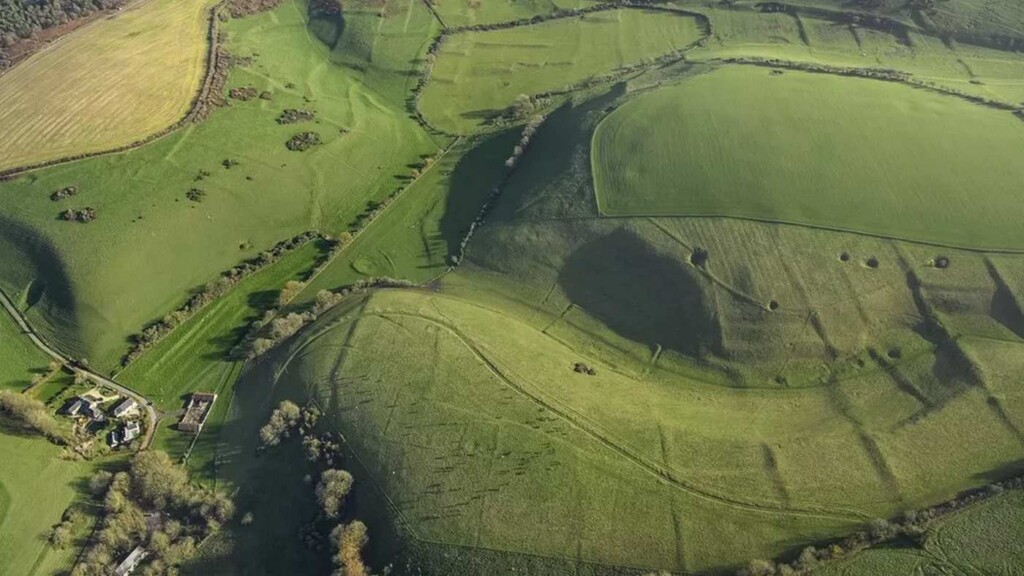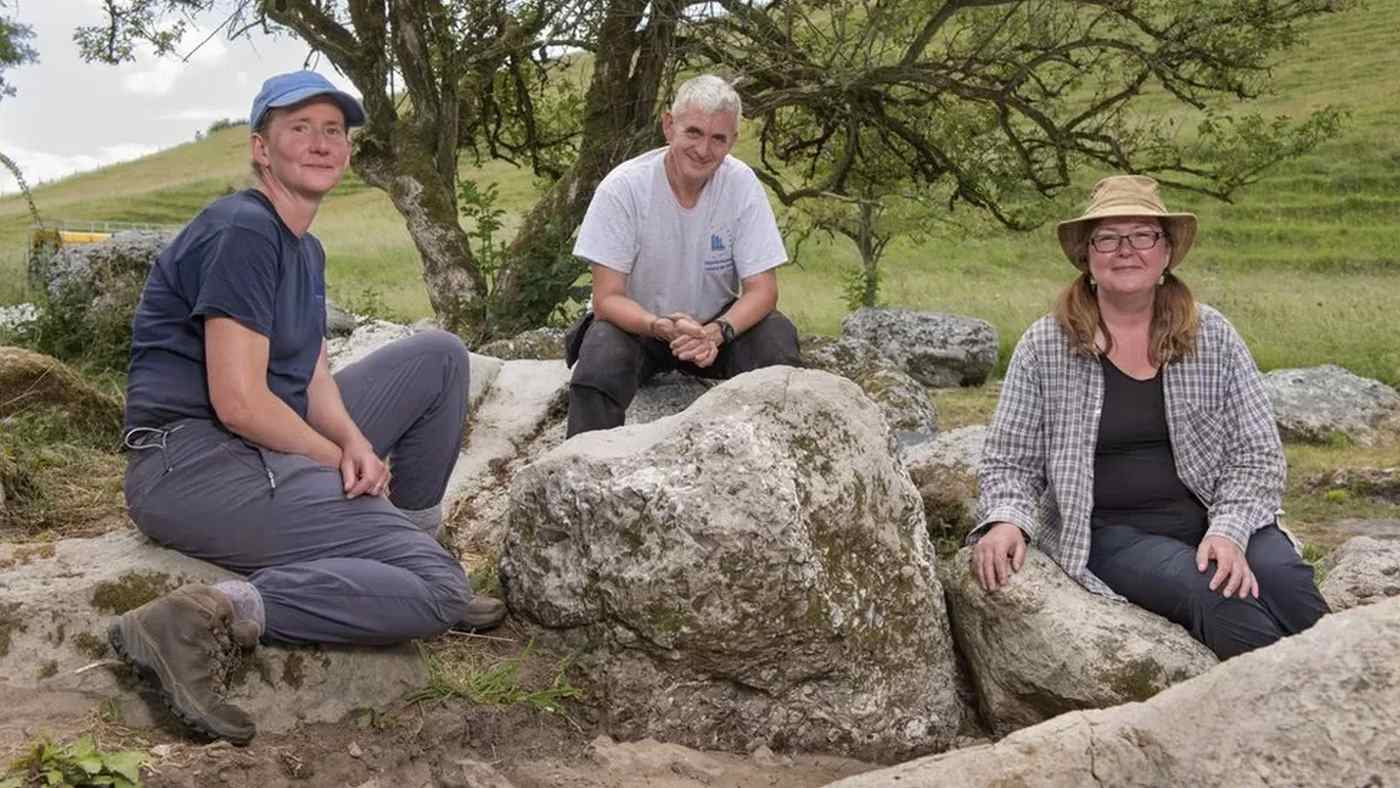
In the rolling hills and green fields of Dorset, Dorchester, archaeologists have discovered a polishing boulder, known as a polissoir, which would have been used to make hundreds of axe heads.
Identified in a designated Area of Outstanding Natural Beauty, the boulder will be left where it was found—in a spot called the Valley of the Stones—rather than being taken to a museum.
Made of sarsen stone, the same sandstone mineral composition in the megaliths at Stonehenge, the find was described as “unexpected” and excavations will now begin in the surrounding area with an eye toward finding some of the stone tools this polissoir would have allowed the prehistoric Britons to create.
“The stones would have been extremely important to Neolithic people, as without axes they could not have cleared woodland and farming would have been impossible,” he said.
Over 1,000 large sarsen boulders have been identified in England, but this is only the second one where evidence of its use as a polishing boulder has been clear.
They’re so rare that archaeologist Dr. Anne Teather described them as “hen’s teeth”. The director at Past Participate, a small organization that does archaeology alongside volunteers in communal places, wrote that she promised a bottle of fine whiskey as a reward for any volunteer who finds one.
MORE AX-CELLENT ARCHAEOLOGY: English Teenager Discovers Hoard of 3,300-Year-Old Axes and Becomes Metal-Detecting Celebrity
“This incredible discovery represents the research value that community heritage projects can bring,” said Dr. Teather, who thanked Historic England, and the local landowners who helped make the discovery possible.

“Several examples of portable polissoirs have been found but there are only a handful that have been found on larger, ‘earth-fast’, stones such as ours,” Dr. Teather wrote on the organization’s blog.
MORE BRITISH ARCHAEOLOGY: ‘Most Important Prehistoric Discovery in a Century’ Revealed by British Museum
“Several of these are in the Avebury area, and almost all have been moved from their original location. Some were moved in prehistory, such as those used to build West Kennet Long Barrow. Others have been spotted repurposed in farm walls!”
Stone axes played the starring role in shaping the British landscape, which was once almost entirely forested. The crafting of axes on polissoirs like this one allowed Neolithic people to harvest trees for houses, firewood, or for rollers to move large stones.
SHARE This Second-In-A-Lifetime Discovery With Your Friends…




















